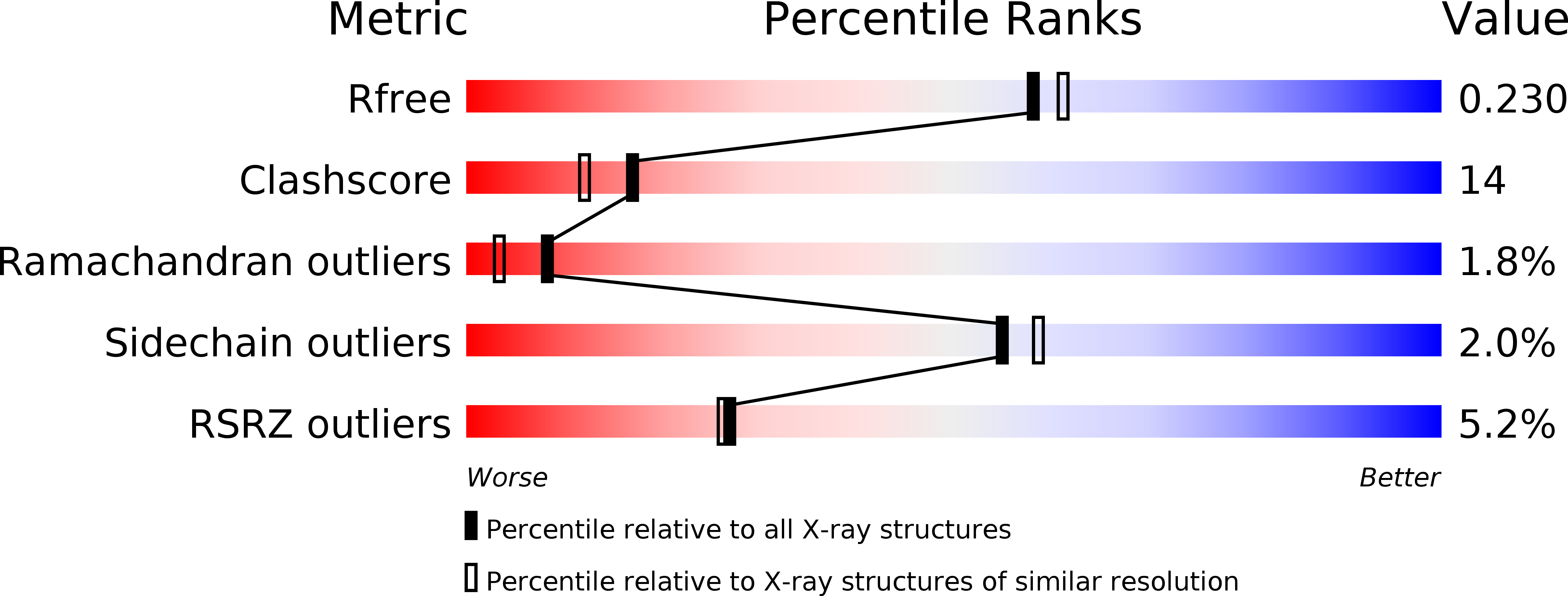
Deposition Date
2007-12-03
Release Date
2008-03-04
Last Version Date
2024-11-13
Entry Detail
PDB ID:
3BJ9
Keywords:
Title:
Crystal structure of the Surrogate Light Chain Variable Domain VpreBJ
Biological Source:
Source Organism:
Homo sapiens (Taxon ID: 9606)
Host Organism:
Method Details:
Experimental Method:
Resolution:
2.00 Å
R-Value Free:
0.23
R-Value Work:
0.18
R-Value Observed:
0.18
Space Group:
I 2 2 2


